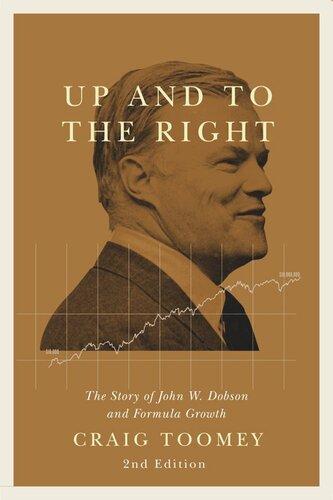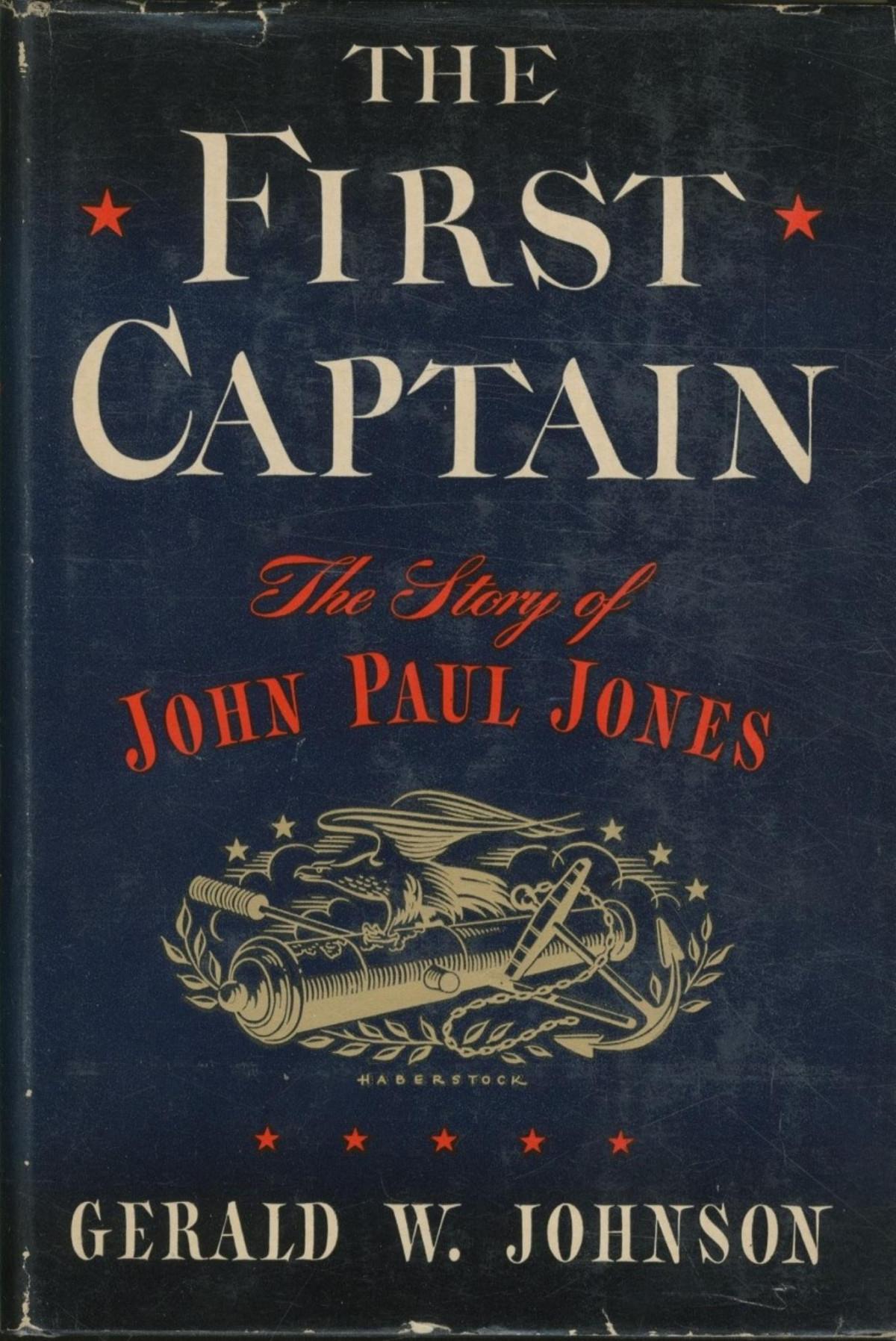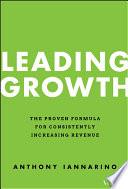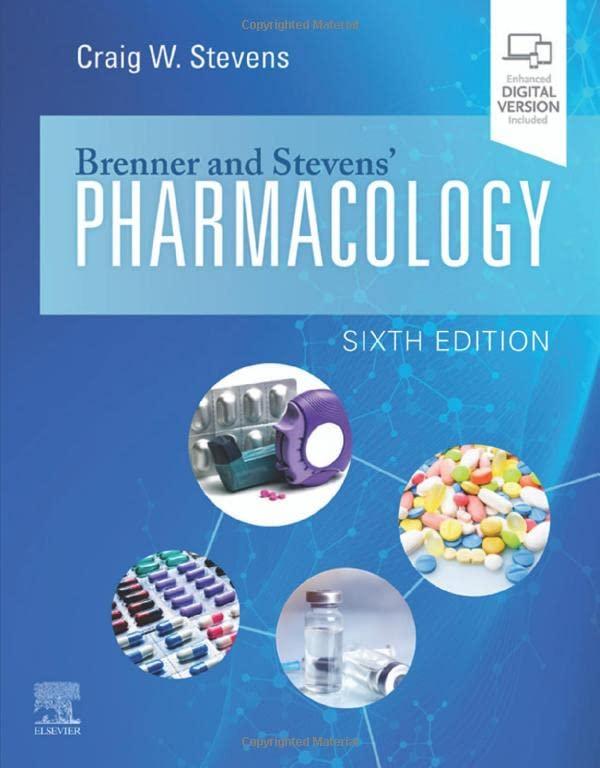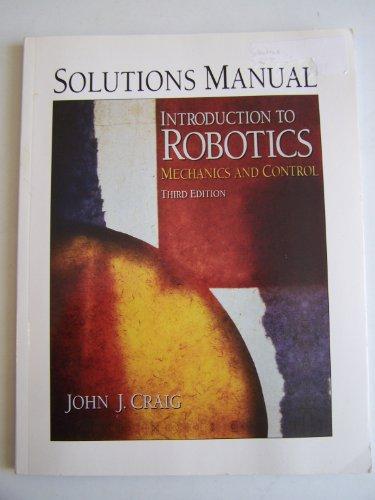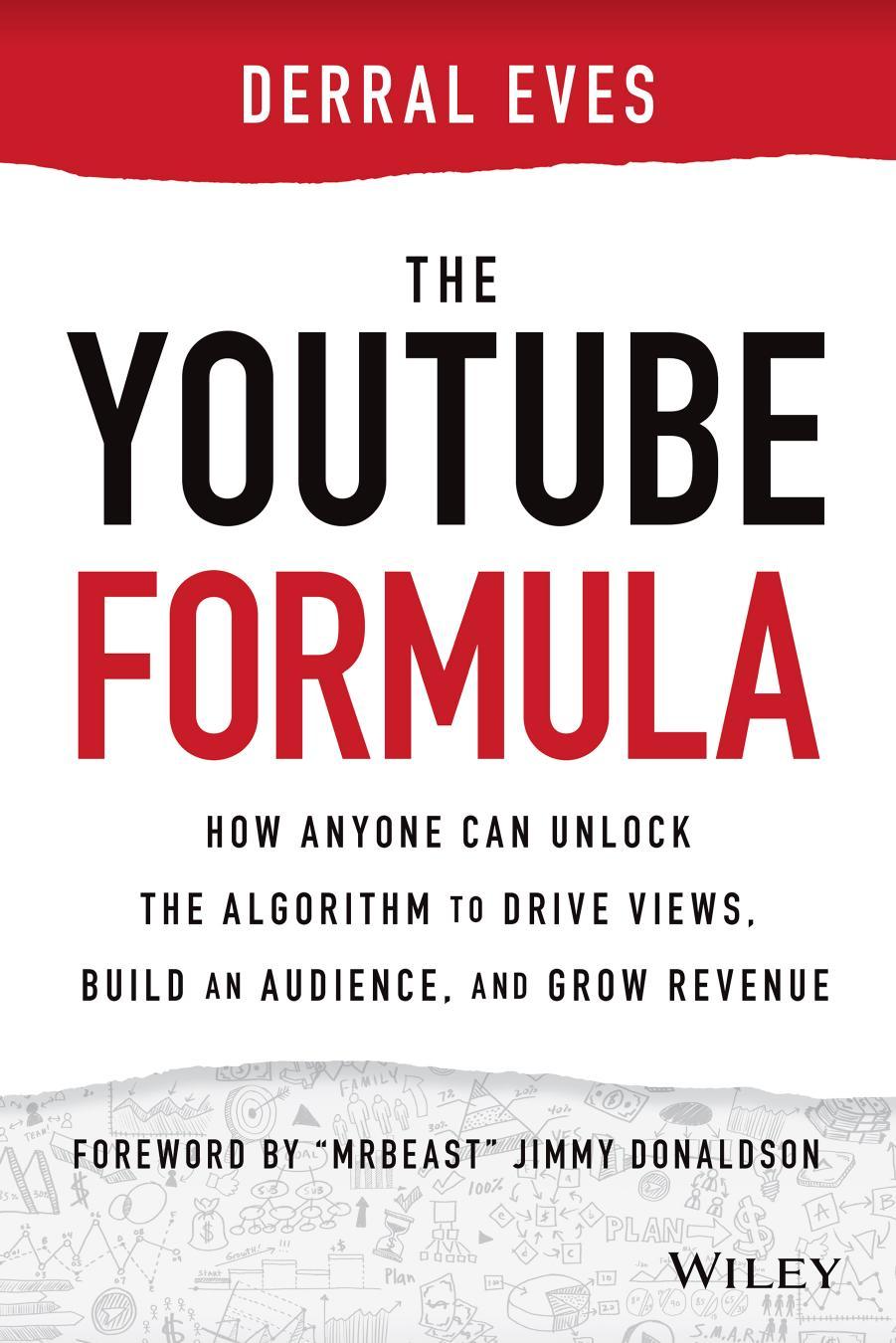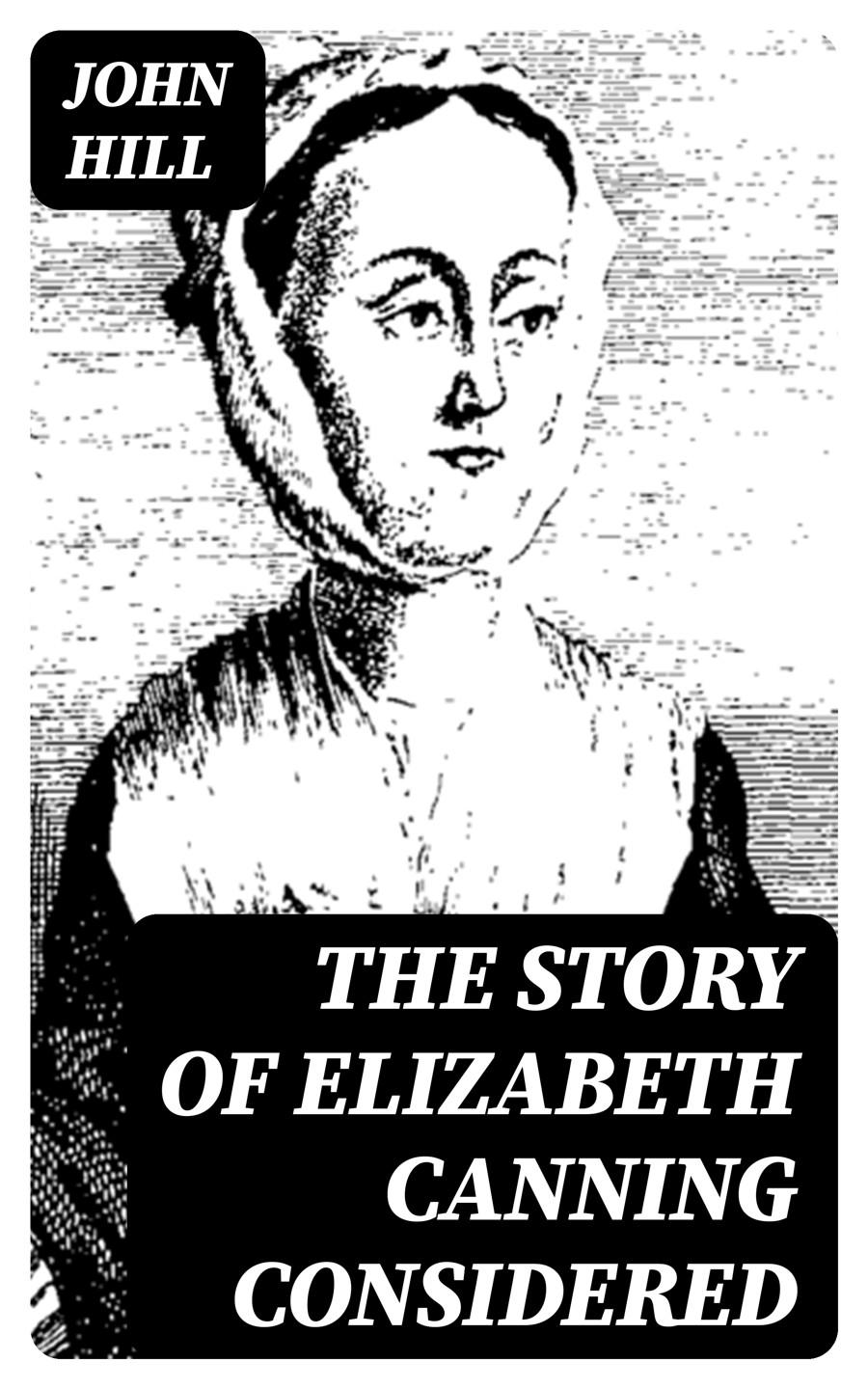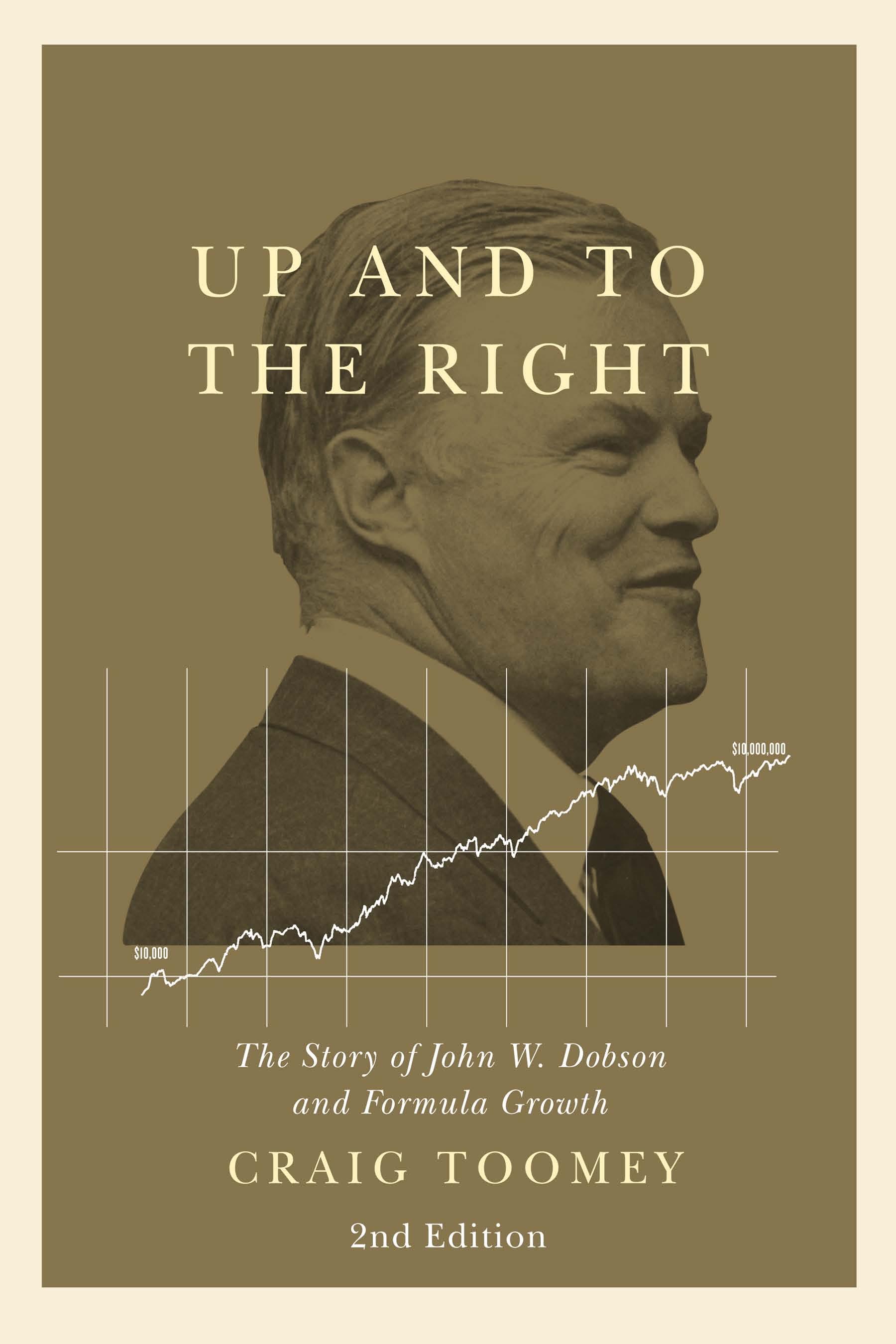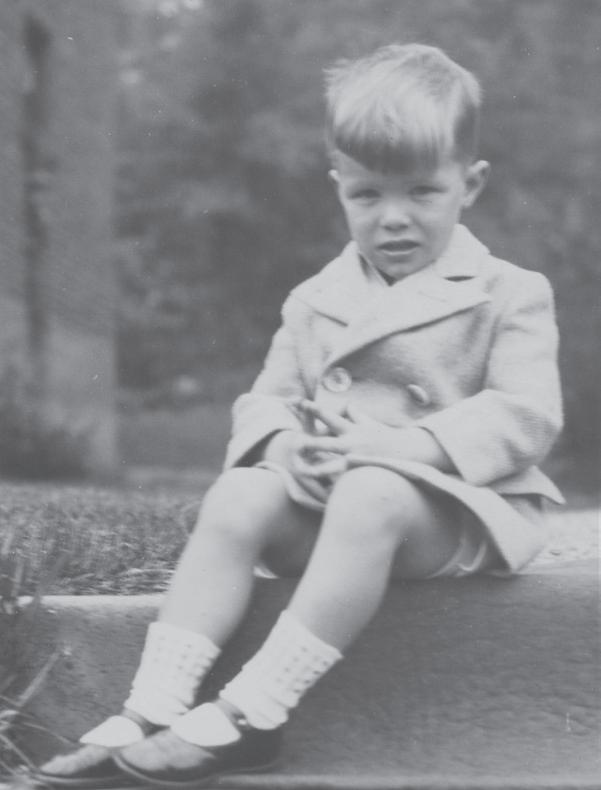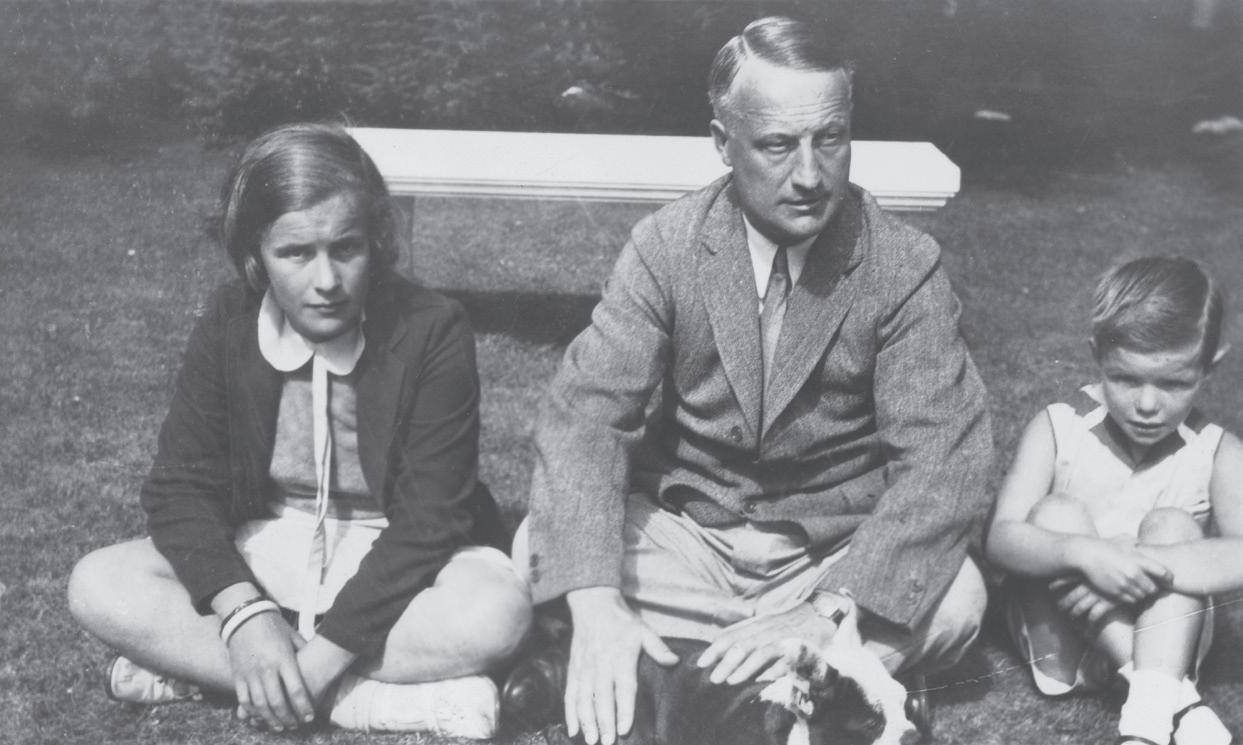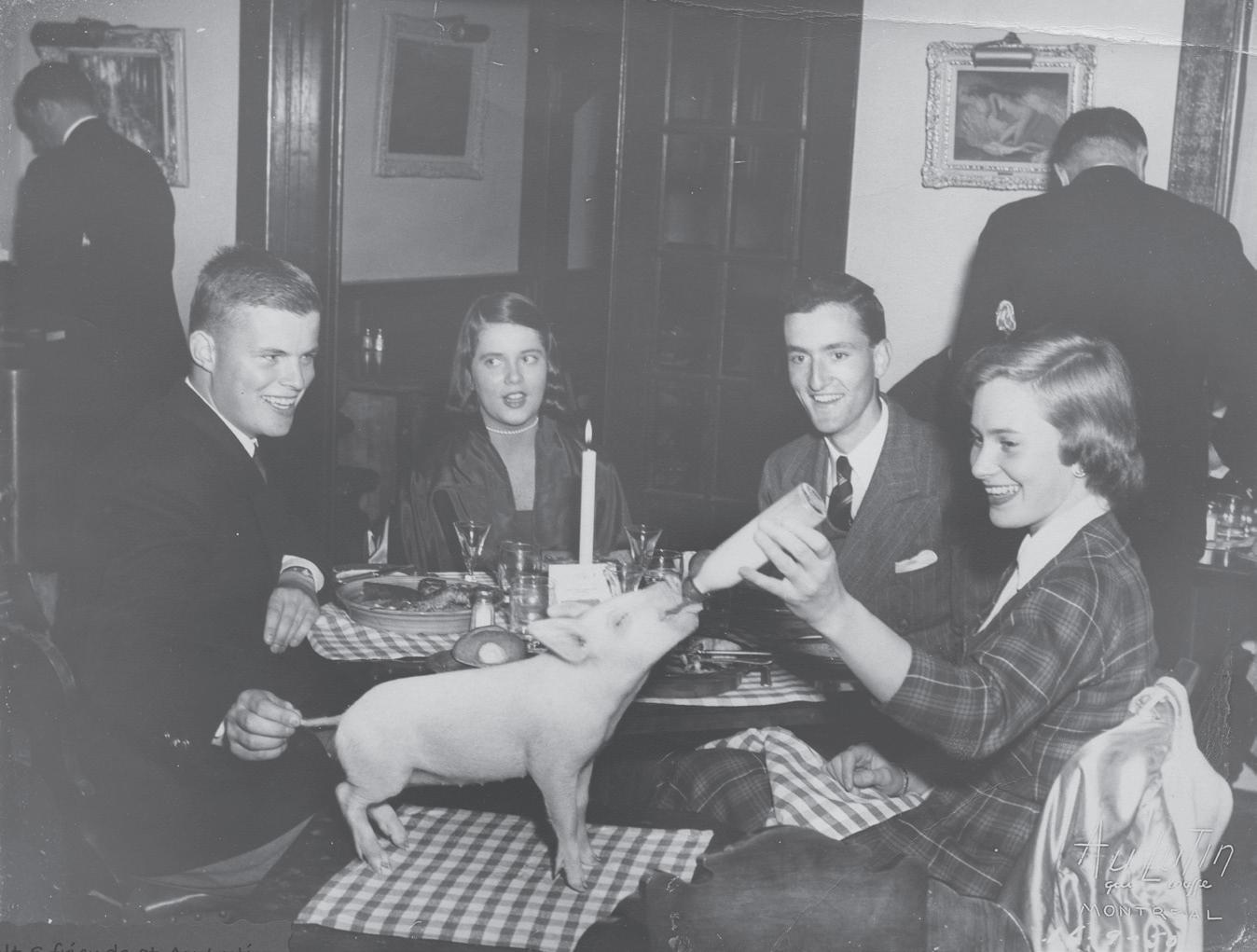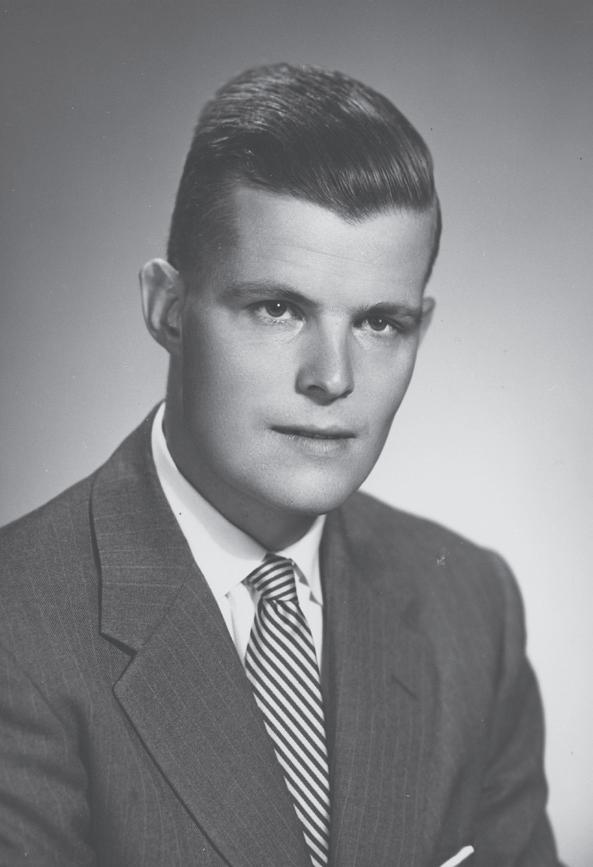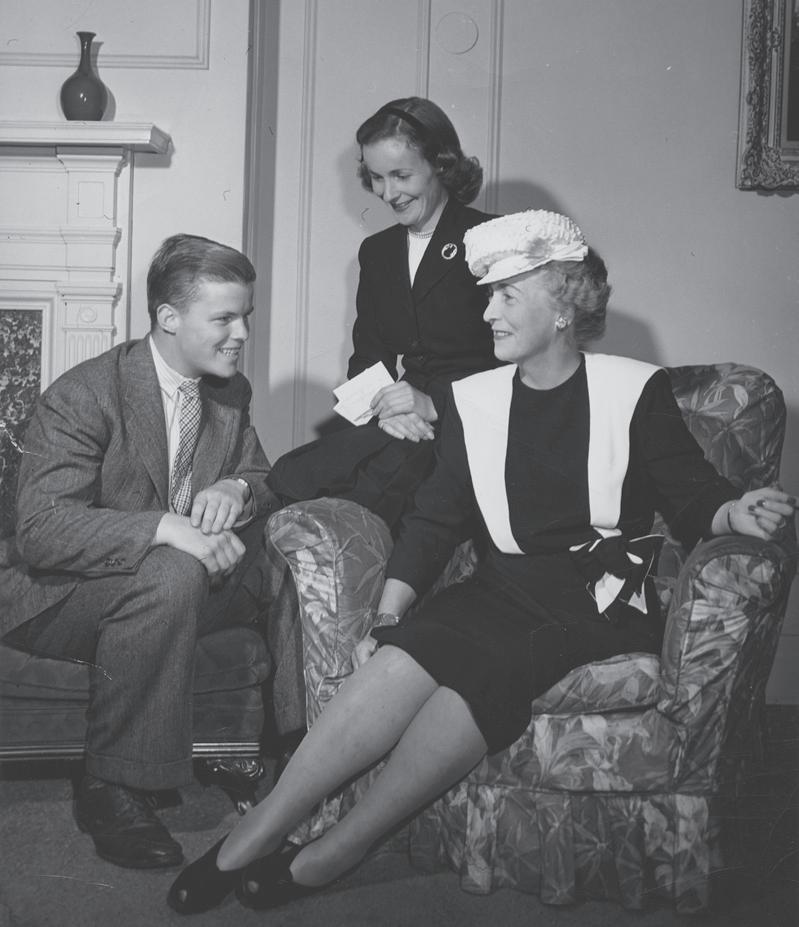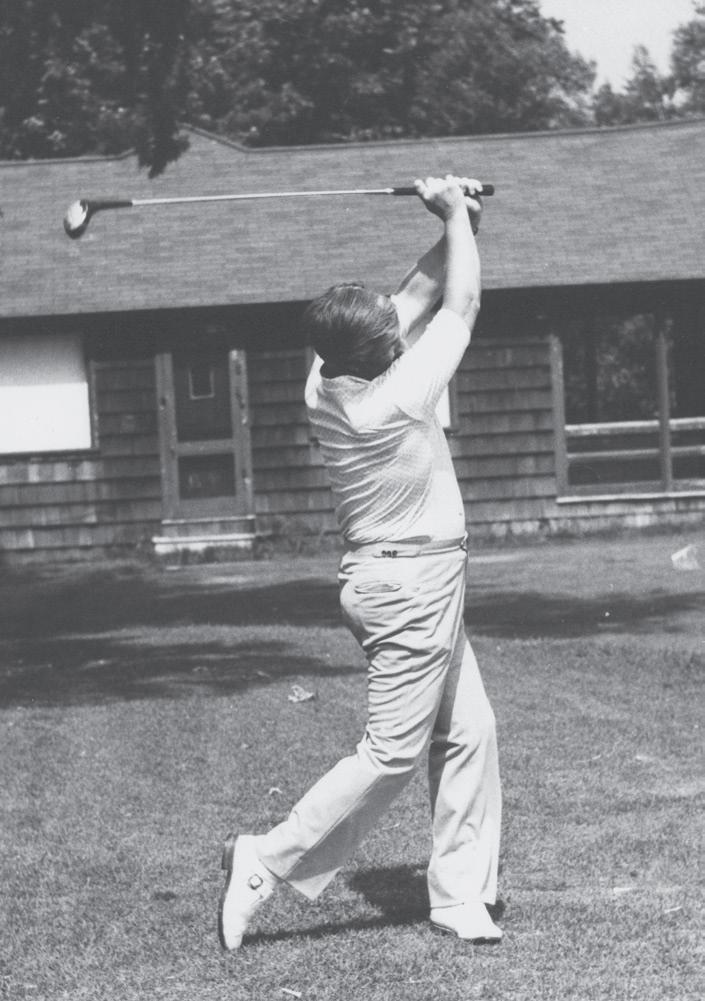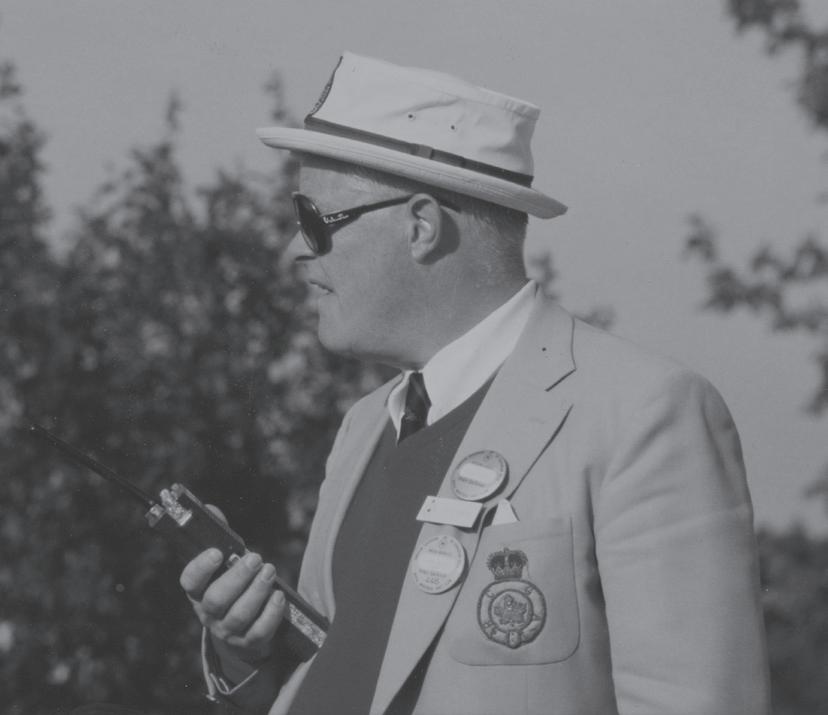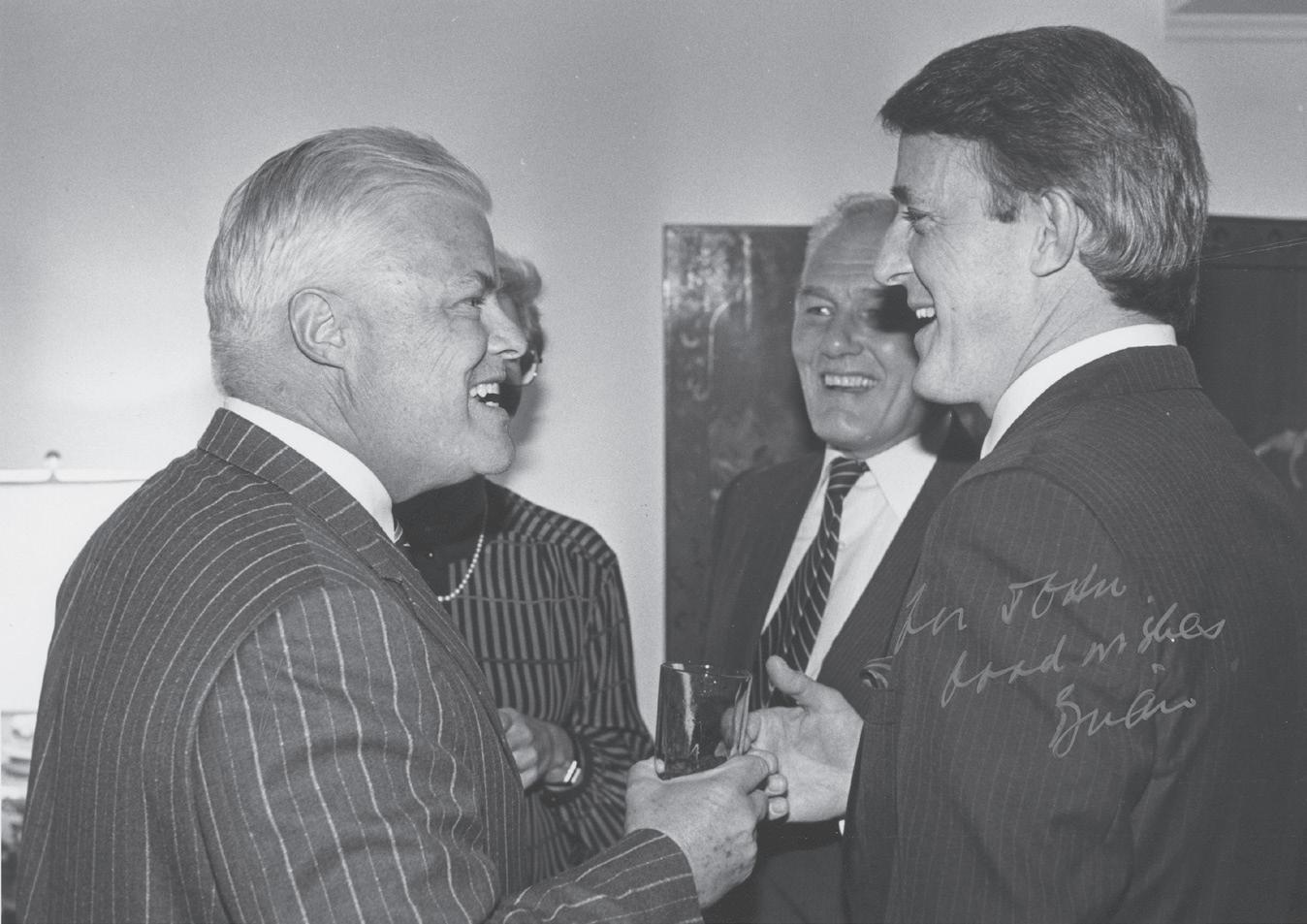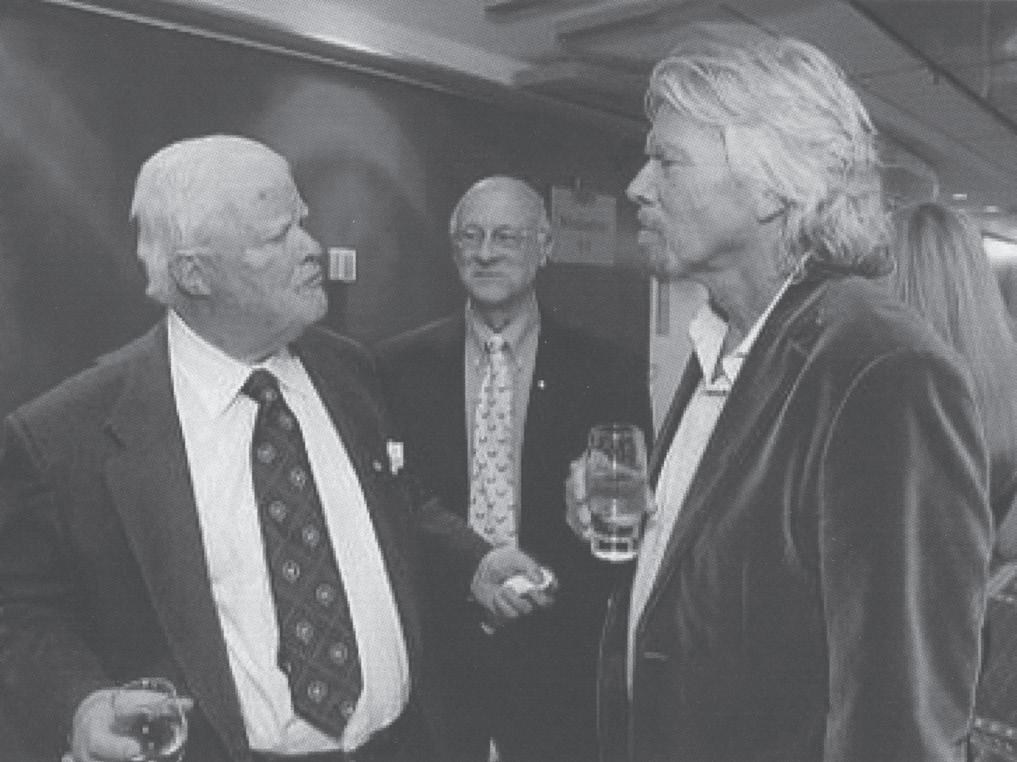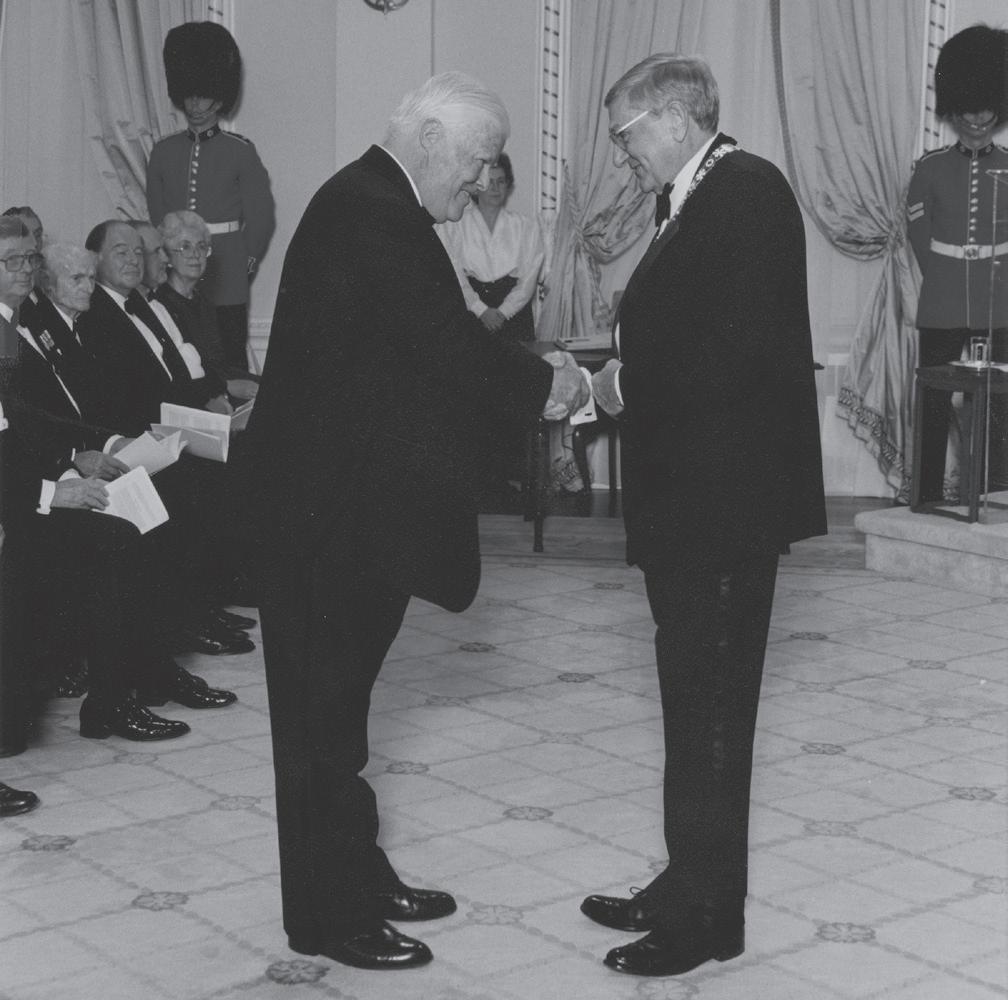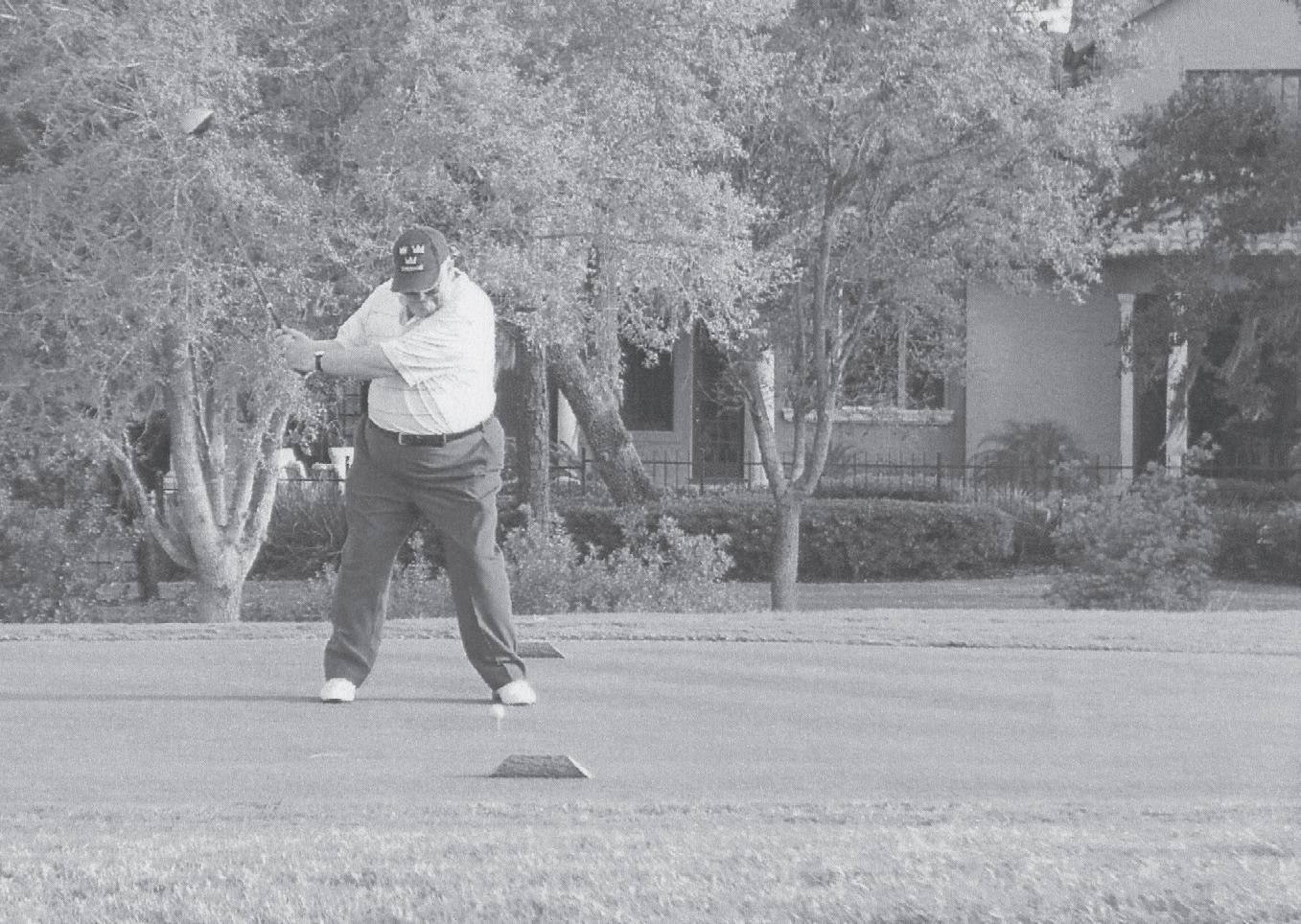First Edition Foreword by David Johnston, Former Governor General of Canada
John Dobson was many things: a brilliant investor, an outstanding leader, a generous philanthropist. But, above all, he was a trusted and loyal friend whom I knew and admired for many years.
I am pleased that John’s story is finally being told, although saddened that, having passed away on 30 July 2013, he did not live to hold this book in his hands. During his remarkable life, his contributions to entrepreneurship, to business education, and to the mentoring and advancement of young people were considerable. Yet these accomplishments rarely received the recognition they deserved.
John’s success as an investor was extraordinary. At the same time, he tirelessly promoted entrepreneurship, which he believed was the best way to create wealth for Canadians, and he supported many ground-breaking entrepreneurial studies programs at McGill and other universities across Canada. In addition, he provided financial assistance that made it possible for scores of young people to attend university. Yet John always kept a low profile – rarely speaking in public or giving interviews – preferring to focus more on satisfying his clients than his ego, and devoting his energy to helping others.
His reluctance to be in the spotlight is reflected in the fact that he took little interest in telling the story of his life and his Formula Growth Fund. (He would have preferred to write what he called a “booklet” on the basics of investing and money management for the benefit of children as young as four.) As a result, this story has had to rely heavily on John’s many friends and colleagues to recount, in their own words, what he meant to them and how he made an important difference in their lives.
A much deserved tribute, this book tells the fascinating tale of a great Canadian. For me, the underlying lesson is to always value your friends, never shy away from opportunity, and strive constantly to work for the greater good. This is John’s message to us all, one well worth sharing.
Preface
Memo to staff from John Dobson:
Objectives of Formula Growth Limited:
1. To make 20 per cent per year for our unit holders
2. To have fun doing it
3. To make certain that we have the people, discipline, and procedures to accomplish objectives 1 and 2
Greed and fear. Many people cite these as the two main driving forces behind the stock market. But a successful investor should know that qualities such as vision, knowledge, discipline, risk tolerance and patience are much more important.
John W. Dobson mastered all of these qualities to become one of Canada’s greatest growth-stock investors. He launched his Formula Growth Fund on 27 June 1960, with a small group of investors who put up a total of $134,000 (CAN), including $20,000 from Dobson, to buy units in the fledgling fund. John’s initial investment would have been worth some $24 million as of 2020 – an increase of an incredible 1,200 times! This represents a compounded rate of return of 12.67 per cent a year over roughly sixty years of successful investing. In contrast, the same amount invested in the S&P 500 Total Return index would have been worth just $9.2 million (CAN).
This is the kind of performance that has earned the long-term loyalty of Formula Growth clients, who include some of Canada’s most prominent businesspeople and entrepreneurs. It has also drawn the attention of several of the world’s savviest investors, such as the late Sir John Templeton, who at one time was one of the largest Formula Growth Fund unit holders.
John passed away on 30 July 2013, just five days after his eightyfifth birthday and a few months before the first edition of this book was published. But we continue to practice his brilliant investment precepts, creating wealth for our clients, who include high net-worth individuals, family offices and, increasingly, institutions. We are also assiduously managing money held in our founder’s estate and the John Dobson Foundation to ensure it will be around for many years to promote entrepreneurship, investment and free-market thinking.
Indeed, Formula Growth has lost none of John’s magic. Since the first edition of this book was published in 2014, Formula Growth has tripled its assets under management, to some $1.6 billion (CAN). We have also successfully broadened our product offering to give our clients more choices to meet their investment objectives and risk tolerances. In addition to our legacy, long-only Formula Growth Fund, we have a growing hedge fund platform that employs an additional investment tool – shorting – to drive down some of the risk in what we do and reduce volatility. This platform has been very well received, attracting strong asset flow from institutional investors and other risk-averse investors who want to sleep easier at night with lower-volatility funds that are less correlated to the markets.
At the same time, we have applied our time-proven investment process to a new market in Asia with a talented team in Hong Kong that manages a range of products for us. We are hopeful that this business will grow significantly in the coming years by taking advantage of the many exciting investment opportunities that are emerging in China and other parts of Asia.
Meanwhile, since the first edition of this book was published, the performance of our funds – including Formula Growth Fund, Formula Growth Hedge Fund and Formula Growth Alpha Fund –has been on target. This is thanks to the exceptional stock-picking and bottom-up growth stock investing skills of our portfolio managers, as well as continued strong stock markets in North America. Our Asia-focused Formula Growth Global Opportunities Fund has
persevered despite turbulent market conditions in the region, and we remain very optimistic about its potential.
• Sixty Years of Success •
With Formula Growth marking its sixtieth anniversary in 2020, we felt it was important to once again highlight our founder’s investment wisdom with a special commemorative edition of Up and to the Right. In addition to providing an update on our hedge fund platform, this edition features additional case studies of stocks in which Formula Growth has had particular success over the years. The case studies from the first edition and John Dobson’s investment rules have been very popular among students in learning institutions across Canada, and we are delighted to be able to share some more lessons learned with readers.
One lesson to be quickly drawn from reading the story of John Dobson and Formula Growth is that the investment “game” is not always smooth or steady, but it is well worth the effort. Because the original Formula Growth Fund has traditionally invested almost exclusively in small- to mid-cap high-growth stocks in the United States, it has been prone to considerable volatility. As described in the following pages, it has been buffeted by economic and political events as well as the occasional investment simply gone wrong. In the mid-1970s, during an especially severe stock market downturn that had a serious impact on the fund, there was even a failed attempt to remove John from its management.
Another lesson to be drawn from the story is the importance of being long term in your investment thinking and letting the magic of compounding work for you over the long haul. John was so successful because he hung tight and remained optimistic through all the ups and downs. He never lost faith in the stock market, in his investment formula, in compound investing, in the advantages of having a long-term investment horizon to reduce risk, and in his hand-picked team of portfolio managers, administrators and support staff.
A man of considerable energy, skill and generosity, John developed an extraordinary network of investment brokers, advisors and experts stretching across North America and abroad, and cultivated relationships that endured for decades. His acumen for building an investment firm with exceptional professionalism, excellence, savvy – and forward thinking – embedded in its DNA also paved the way for Formula Growth to launch our hedge fund platform in the early 2000s – one that has become the envy of an industry too often riddled with failure.
One of John’s favourite expressions was KISS – Keep It Simple, Stupid. He picked a career that was anything but simple, deciding to compete with the best and brightest on Wall Street. And while the academics, professors, analysts and consultants concluded that the market was too smart and too efficient to beat, he proved them all wrong. He not only beat the market, he pulverized it. He did this through KISS – he always stayed calm, and he never wavered. KISS is devilishly hard to do, especially when it comes to investing real money – yours or other people’s. But John was a master at it.
John’s two overarching principles of investment were really simple: one, invest with good people running businesses that are growing fast; and two, always look forward and never look back. He never cared about the tiny details, the current quarter or the latest macro concern being touted by the talking heads on TV. He nagged everyone at Formula Growth to always look to the next year, and even the two years after that, when calculating target prices for stocks in the portfolio.
John’s “potential sheets” (spreadsheets that expressed a target price for every stock in the portfolio) were held in great reverence at Formula Growth. They were something akin to the Holy Grail. He obsessed over these sheets and targets. He grilled the team if the targets made no sense. Through these sheets, he forced us to peer into the future, no matter how cloudy, and to take a shot at where the company or the stock would be by then.
We were not allowed to be cautious. We had to take some risk; otherwise, there could be no reward. John always reminded us that
there were no rich pessimists. He wanted us to hit the ball straight down the fairway, and he wanted us to hit it a long way. He would browbeat us if we sold too soon because he knew the math of compounding could not work its magic on our returns if we were out of stocks prematurely.
But John would never admonish us if we made honest mistakes. As with the game of golf, he expected some bad shots; he understood that the investment business is just too tough not to have them. If we hit the ball into the woods or the sand, he simply expected us to get it back in play and make the most of it. And he expected us to finish the round, to see it through. Unlike his favourite golf club, Mount Bruno, which has the occasional mulligan, there are no mulligans in the stock market. And there was no such thing as quitting for John. In the end, he believed investing was a “numbers” game. You will never bat a thousand, but, as in golf, if you have sound fundamentals like a good grip, posture and swing plane, along with a good work ethic and nerve, you will post some solid scores. In his investing career, as on the golf course, John posted many, many good scores.
The principle of supporting good people and looking forward, never back, also permeated John’s lifelong philanthropic work. He knew that if he encouraged passionate and energetic people, especially young people, we could build a better world by creating more leaders. This encouragement was obvious in the spectacular work he did through his John Dobson Foundation and through his personal generosity. We are proud to be carrying on this work on his behalf today.
Thanks to the Foundation, John had a remarkable influence on generations of new entrepreneurs throughout North America and backed numerous organizations extolling the virtues of free-market capitalism. In 1989, the Foundation established the innovative Dobson Centre for Entrepreneurship at McGill University, spawning similar centres at numerous other universities across Canada. In addition, the Foundation supports entrepreneurial development at dozens of Canadian universities and colleges, as well as outreach
programs, think-tanks, and other initiatives. These include or have included such varied groups as Shad Canada, Youth Employment Services Montreal and Junior Achievement of Canada. John was also the original sponsor of the Association of Collegiate Entrepreneurs (now Enactus Canada), a national student body that advocates entrepreneurial education. In recognition of his many contributions and achievements, John was awarded honorary doctorates from McGill, Concordia, Acadia and Dalhousie universities. In 1997, he was named to the Order of Canada and described as “a generous philanthropist [who] created a foundation to help develop entrepreneurial skills and self-sufficiency among Canadian youth.”
Through it all, John constantly stressed to anyone who would listen the importance of common sense and having fun in life. His approach was “grip-it-and-rip-it,” and have fun while you are doing it. When it came to fun, he had an almost obsessive passion for the game of golf that began in his youth. He played on over 600 of the leading courses throughout the world, was a long-time board member of the Royal Canadian Golf Association, and helped run the Canadian Open. He even served for a time as a highly respected Golf Digest course rater for Canadian and US golf courses, and he was not shy about complaining of the unnecessary difficulty of some greens. Golf played an important role in helping John develop business relationships and loyal friendships that endured for over half a century. He described it as a networking game played all over the world.
In addition to golf and work, John devoted a tremendous amount of personal time to mentoring and teaching. I experienced the guidance of “Mr D” first-hand. He focused on me and taught me everything he knew. He pushed and challenged me. As a great networker, he introduced me to everyone – and he seemed to know everyone. He was Facebook and LinkedIn and the World Wide Web all rolled into one. He worked a room better than anyone I ever knew. Amazingly, he did it the old-fashioned way, as he never had a cellphone or even a computer. I was lucky. When I met my boss nearly forty years ago, I won the lottery. What skills I have today, I owe them all to Mr D.
Since the publication of the first edition, all of us at Formula Growth have been missing John Dobson, his wise guidance and zest for life. But we are thankful to be in a position to once again share his story among as wide an audience as possible, and to be faithfully carrying on his work for the benefit of our clients and Canada as a whole. We are committed to be building on a sixty-year track record of steering our investments, and our business, in one direction: Up and to the Right.
Randall W. Kelly Chief Executive Officer, Formula Growth Limited
Even when he was a little boy, John Dobson’s forthright personality was obvious to see.
Young John with a grapefruit — a rare treat in 1934 — and his family’s big car.
John is on the right of this picture, together with his sister, Virginia, and his father, Sydney Dobson.
Since you cannot play golf in a Montreal winter, young John turned his attention to hockey.
Fortunately, the snow would eventually melt and allow John to pick up his golf clubs.
John with his friend Jacques Tétrault and two young women, one of them feeding a piglet in the landmark Montreal restaurant Au Lutin Qui Bouffe.
John Dobson, the quintessential young businessman.
John, his sister, and his mother. The young man’s fixed smile seems aimed at his mother’s hat.
On the practice tee at the Mount Bruno Country Club.
At the Royal Montreal Golf Club in 1980, helping run the Canadian Open.
As the friendly inscription shows, Dobson was on excellent terms with Canadian prime minister Brian
Mulroney.
Confronting Sir Richard Branson, founder of the Virgin Group.
Receiving the Order of Canada from Governor-General Roméo Leblanc.
In 1996, McGill University awarded Dobson an honorary doctorate of law. Here he is with McGill’s chancellor, Gretta Chambers.
The Formula Growth family, circa 2000: Seated from left to right are John Dobson; Kimberley Holden, vice-president (retired); Randall W. Kelly, chief executive officer and co-chief investment officer; René Catafago, executive vice-president and chief financial officer (retired); and standing are Anthony T. Staples, vice-president and senior portfolio manager; and John Liddy, co-chief investment officer and executive vice-president.
To the end of his life, golf remained one of John Dobson’s passions.
Up and to the Right
